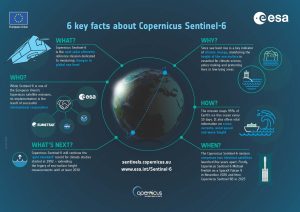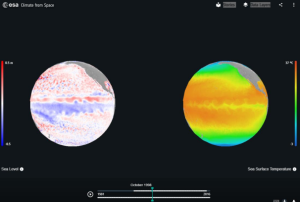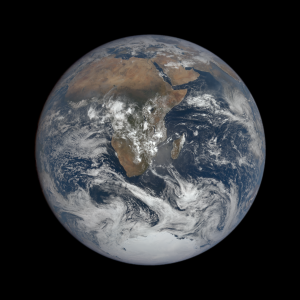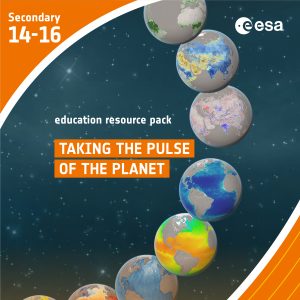Taking the Pulse of the Planet- Upper secondary
In this set of three activities, students will learn about how data is collected by sensors and how the orbit of a satellite affects the detail that can be obtained. A text-based activity introduces the concept of remote sensing and looks at how sensors and satellites in different orbits can be matched to the intended application. This is followed by mathematical work exploring factors affecting the amount of detail that is visible in a satellite image. In the final activity, students use the Climate from Space web application to explore a range of climate variables during El Niño and La Niña events.
Subject Geography, Science, Earth Science
- List the key components of a remote sensing system
- Describe the benefits and drawbacks of different satellite orbits for monitoring the Earth and its climate
- Create an infographic to convey research in an engaging way
- Analyse a digital image to determine the resolution of the image
- Consider how sensors are adapted for use on satellite platforms
- Suggest reasons for differences in the resolution of data collected by different instruments
- Use climate data to identify El Niño and La Niña events
- Explain how these events have global effects and investigate the human and societal impact of one such effect

- Student worksheet 2 (2 pages)
- A metre rule or tape measure
- Smartphone or digital camera
- Calculator
- Image-processing software with which students are familiar
- Climate from Space web application (cfs.climate.esa.int)

Did you know?

The Magic of Light – Using spectroscopes and colour wheels to study the properties of light
Brief description In this set of eight activities, pupils work individually or in groups to build a spectroscope that can...
Infrared Webcam Hack – Using infrared light to observe the world in a new way
Brief description This set of three activities will enable students to understand the electromagnetic spectrum and observe infrared radiation through...
The Power of Earth Observation
We are all intricately interconnected to our Earth – from the trees that provide us with oxygen, to the natural sources that shape our landscape. ESA’s Earth observation programme is at the forefront of monitoring...


